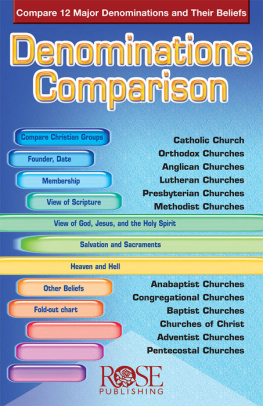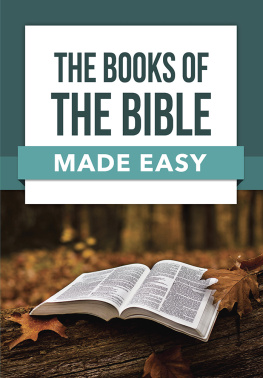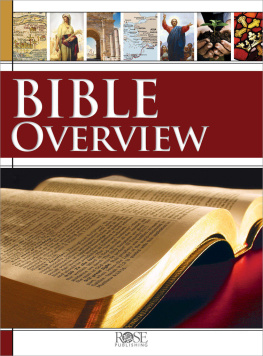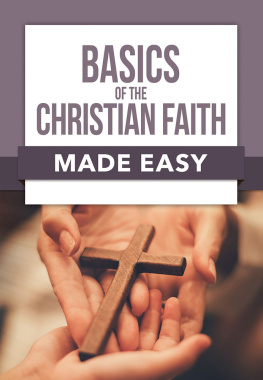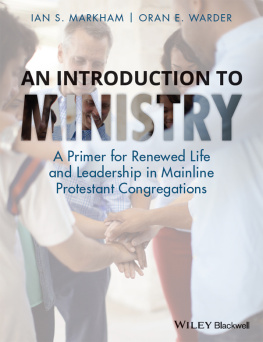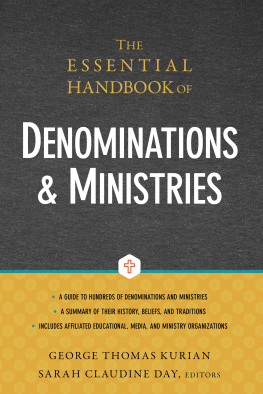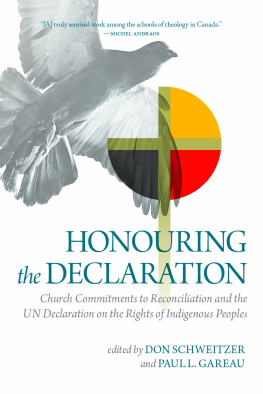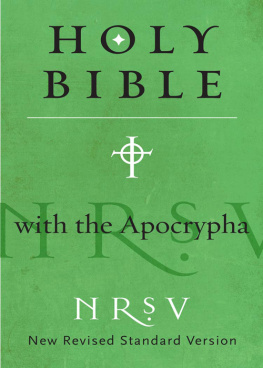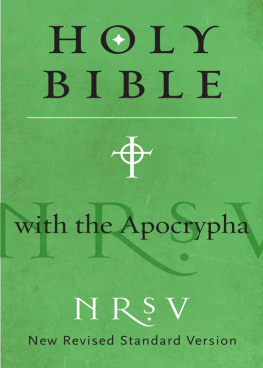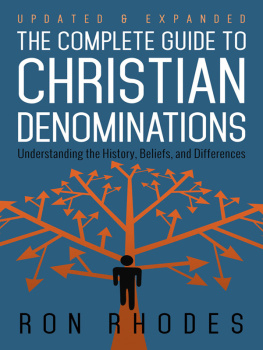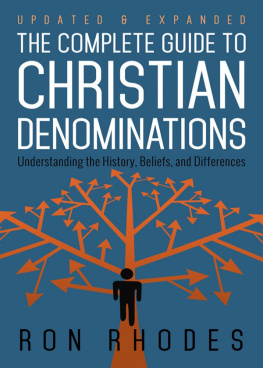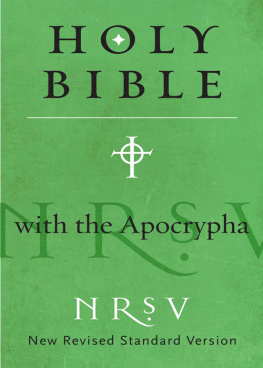
Liturgical Churches
in order by date
Catholic Church
When was it founded and by whom?
Catholics consider Jesus disciple Peter (died ca. AD 66) the first pope; Gregory the Great (pope, AD 540-604) was a key figure in the popes office. At that time, the pope came to be viewed as ruling over the whole church.
How many adherents?
Over 1.2 billion worldwide
62 million USA
How is Scripture viewed?
The Scriptures teach without error the truth needed for our salvation. Scripture must be interpreted within the Tradition of the Church. The canon includes 46 books for the Old Testament including deuterocanonical books (the Apocrypha) and 27 books for the New Testament.
Who is God?
The one Creator and Lord of all, existing eternally as the Trinity (Father, Son, and Holy Spirit).
Who is Jesus?
The eternal Son incarnate, fully God and fully man, conceived and born of the virgin Mary, died on the Cross for our sins, rose bodily from the grave, ascended into heaven, and will come again in glory to judge us all.
How are we saved?
Christ died as a substitutionary sacrifice for our sins; God by his grace infuses a supernatural gift of faith in Christ in those who are baptized, which is maintained by doing works of love and receiving Penance and the Eucharist.
What happens after death?
The souls of the faithful go to heaven either immediately or, if imperfectly purified in this life, after purgatory. The souls of the wicked at death are immediately consigned to eternal punishment in hell.
What is the church?
The church is the Mystical Body of Christ, established by Christ with the bishop of Rome (the pope), who may at times pronounce dogma (doctrine required of all members) infallibly, as its earthly head. It is united (one) in a sacred (holy) worldwide (catholic) community through the succession of bishops whose ordination goes back to the apostles (apostolic); Christians not in communion with the Catholic Church are called separated brethren.
What about the sacraments?
Baptism removes original sin (usually in infants). In the Eucharist, the substances (but not the properties) of bread and wine are changed into Jesus body and blood (transubstantiation).
What are other beliefs and practices of note?
Mary was conceived by her mother immaculately (free of original sin), remained a virgin perpetually, and was assumed bodily into heaven. She is the Mother of the Church and is considered an object of devotion and veneration (a show of honor that stops short of worship).
What are the major divisions or trends today?
About one-fourth of Catholics are doctrinally conservative. Many priests and members tend to accept liberal, pluralist beliefs contrary to church teaching.
Orthodox Churches
When was it founded and by whom?
330: Emperor Constantine renamed the city of Byzantium Constantinople, which became the city of the leading patriarch in the Great Schism of 1054.
How many adherents?
225-300 million worldwide
1 million USA
How is Scripture viewed?
The Scriptures are without error in matters of faith only. Scripture is to be interpreted by Sacred Tradition, especially the seven Ecumenical Councils which met from AD 325-787. The canon includes 49 Old Testament books (the Catholic Bible plus three more) and the 27 New Testament books.
Who is God?
The one Creator and Lord of all, existing eternally as the Trinity (Father, Son, and Holy Spirit).
Who is Jesus?
The eternal Son incarnate, fully God and fully man, conceived and born of the virgin Mary, died on the Cross for our sins, rose bodily from the grave, ascended into heaven, and will come again in glory to judge us all.
How are we saved?
In Christ, God became human so that human beings might be deified (theosis), that is, have the energy of Gods life in them. Through baptism and participation in the church, Gods people receive the benefits of Christs redeeming work as they persevere.
What happens after death?
At death, the souls of the faithful are purified as needed (a process of growth, not punishment), then get a foretaste of eternal blessing in heaven. The souls of the wicked get a foretaste of eternal torment in hell.
What is the church?
The church is the Body of Christ in unbroken historical connection to the apostles, changelessly maintaining the faith of the undivided church as expressed in the creeds. It is one, holy, catholic, and apostolic, with churches organized nationally (Armenian, Greek, Russian, and so forth) with its bishops under the leadership of patriarchs (the pope being recognized as one of several), of which that of Constantinople has primacy of honor.
What about the sacraments?
Baptism initiates Gods life in the one baptized (usually infants). In the Eucharist, bread and wine are changed into Jesus body and blood (a Mystery to be left unexplained).
What are other beliefs and practices of note?
Mary conceived Jesus virginally. She remained a virgin perpetually, and (in tradition, not dogma) was assumed bodily into heaven. Icons (images of Christ, Mary, or the saints) are objects of veneration through which God is to be worshiped.
What are the major divisions or trends today?
A significant proportion are doctrinally conservative. Most Orthodox bodies are members of the World Council of Churches, whose liberal leanings have long caused concern.
Lutheran Churches
When was it founded and by whom?
1517: Martin Luthers 95 Theses (challenges to Catholic teaching) usually mark the beginning of the Protestant Reformation.
1530: The Augsburg Confession is the first formal Lutheran statement of faith.
How many adherents?
About 80 million worldwide
6.5 million USA
How is Scripture viewed?
Scripture alone is the authoritative witness to the gospel (some parts more directly or fully than others). Conservatives view Scripture as inerrant. The standard Protestant canon of 39 Old Testament books and 27 New Testament books is accepted.
Who is God?
The one Creator and Lord of all, existing eternally as the Trinity (Father, Son, and Holy Spirit).
Who is Jesus?
The eternal Son incarnate, fully God and fully man, conceived and born of the virgin Mary, died on the Cross for our sins, rose bodily from the grave, ascended into heaven, and will come again in glory to judge us all.
How are we saved?
We are saved by grace alone when God imputes to us his gift of righteousness through faith alone (sola fide) in Christ, who died for our sins. Good works are the inevitable result of true faith, but in no way the basis of our right standing before God.
What happens after death?
The souls of believers upon dying go immediately to be with Christ, and at Christs return, their bodies are raised to immortal, eternal life. The souls of the wicked begin suffering immediately in hell.
What is the church?
The church is the congregation of believers (though mixed with the lost) in which the gospel is taught and the sacraments rightly administered. All believers are priests in that they have direct access to God. All ministers are pastors; some serve as bishops. Historically, apostolic succession has been rejected.
Next page
